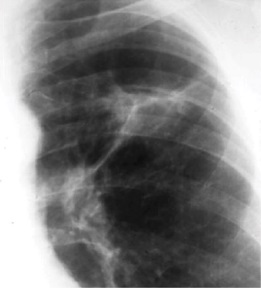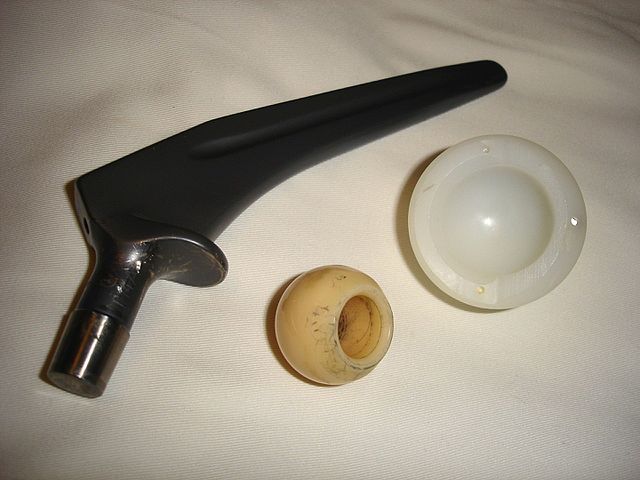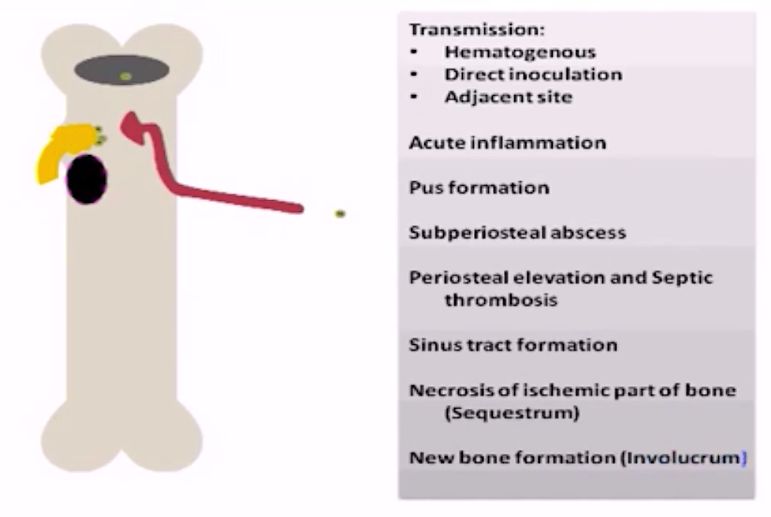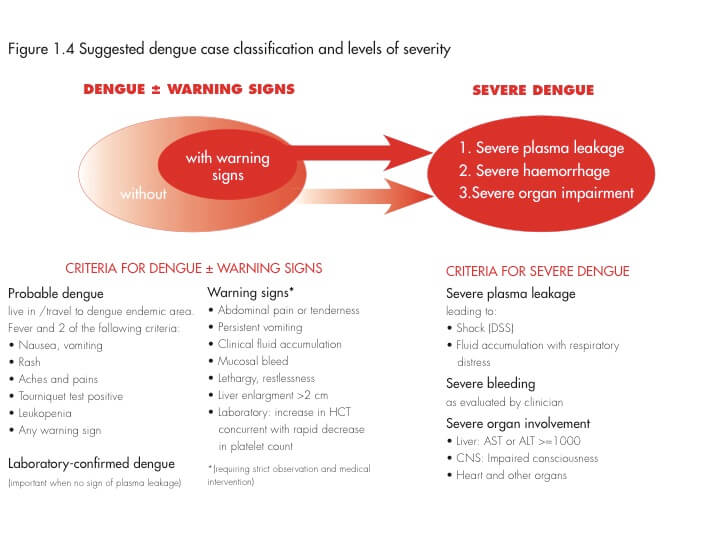Pathophysiology Mnemonic: ABC Classification Lab Diagnosis
Tag: Infectious disease

Eponyms in Tuberculosis (TB)
Tuberculosis (TB) is a multi-systemic, granulomatous disease caused by the bacilli Mycobacterium tuberculosis which is also known as Koch’s bacillus. Primary Pulmonary Tuberculosis 1. Ghon focus or lesion: Subpleural fibro-caseous lesion of lung parenchyma (common site is upper part of lower lobe or lower part of upper lobe) 2. Ghon’s…

Management of Anti-tubercular therapy (ATT) induced Hepatitis
Definition of ATT induced hepatitis ALT > 3 X Normal + Symptoms OR ALT > 5 X Normal without Symptoms Management of ATT induced hepatitis 1. Hold all TB drugs for 7-10 days. Wait before restarting ATT until: Symptoms: Resolve ALT <2.5 X Normal For severe TB, patients should be…

Pharmacology of Carbapenems : Mnemonics
Commonly used Carbapenems Mnemonic: MEDIC Meropenem Ertapenem Doripenem Imipenem/Cilastatin (renal dehydropeptidase I inhibitor) Besides these, there are other drugs like tebipenem (1st oral carbapenem), panipenem, tomopenem (has MRSA activity), etc. which fall under carbapenems. Coverage As the name suggests, they have carbapenems attached to beta-lactam ring which provides protection against…

Antimicrobial Mechanism of Actions – Everything you need to know
Cell Wall Synthesis Inhibitors A peptidoglycan monomer consists of 2 joined amino-sugars, N-acetyl glucosamine (NAG) and N-acetyle muramic acid (NAM), with a pentapeptide coming off of the NAM. So, a peptidoglycan monomer is a NAG-NAM-pentapeptide. These peptidoglycan monomers are synthesized in cytosol and transported across cytoplasmic membrane by Bactoprenols (BP)….

Dog bite wounds : Primary closure or Delayed closure?
A study of 50 dog bite wounds revealed that the commonest colonizing: Aerobic micro-organisms are: Pasteurella (50%), Streptococcus (46%), Staphylococcus (46%), Neisseria (32%), and Corynebacterium (12%), Eikenella corrodens (2%) Anaerobic micro-organisms are: Fusobacterium nucleatum (16%), Bacteroides tectus (14%), Prevotella heparinolytica (14%), Propionibacterium acnes (14%), Prevotella intermedia (8%), Peptostreptococcus anaerobius (8%),…

Periprosthetic Joint Infection (PJI) Criteria and Management
The 2013 ICM criteria for defining Periprosthetic joint infection (PJI) can be remembered using the mnemonic below: Mnemonic: 1 tract or 2 bact. and 3 of ABCDEF 1 sinus tract communication with the joint OR 2 positive periprosthetic cultures with phenotypically identical bacteria AND 3 of the following six minor…

Pathophysiology of Osteomyelitis
Osteomyelitis is defined as an inflammation of the bone (single portion or numerous regions, like marrow, cortex, periosteum and surrounding soft tissue) caused by an infecting organism (usually monomicrobial but polymicrobial can occur, especially in diabetic foot). Definitions, Criteria and Classifications of different types of Osteomyelitis have been discussed in…
